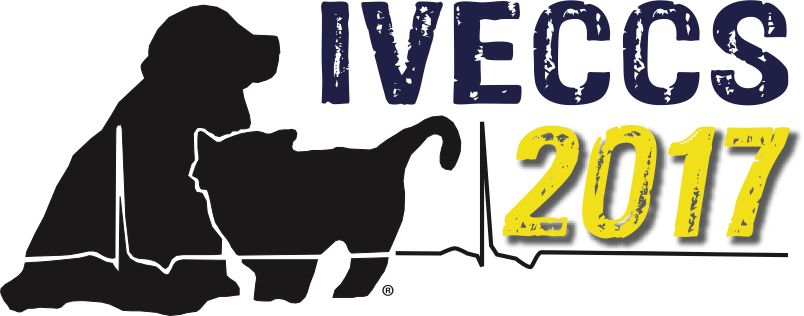IVECCS 2017: Lipid Rescue in Veterinary Intoxication
Intravenous lipid emulsion, or lipid rescue, has been shown to decrease hospitalization time and improve outcome in a variety of veterinary intoxications.

The American Society for the Prevention of Cruelty to Animals Poison Control Center receives 140,000 calls per year regarding toxicities in animals, said Amy Koenigshof, DVM, MS, DACVECC, at the 2017 International Veterinary Emergency and Critical Care Symposium in Nashville. In her lecture on recent advances in toxicology, she noted that lipid rescue is “one of the most interesting and exciting new therapies for our patients.”
Dr. Koenigshof, who is an assistant professor in the Department of Small Animal Clinical Sciences at Michigan State University, said lipid rescue is simply the intravenous administration of lipids—“the same lipids that are mixed with amino acids and glucose for parenteral nutrition for our patients.”
Lipid rescue works in a couple different ways. First, it works as a “lipid sink” for lipophilic drugs. That is, infusing a lipid emulsion intravenously creates an expanded compartment in the plasma for lipophilic drugs, rendering them unable to reach their target receptors. Intravenous lipid emulsion may also improve myocardial performance by reversing cardiac dysfunction caused by the toxicant.
In addition, direct benefits of lipids on the myocardium include the utilization of free fatty acids as an energy source for the myocardium. “The heart really likes fatty acids,” Dr. Koenigshof said. “They’re one of the heart’s favorite energy sources.” Excess fatty acids also increase intracellular calcium. “The more calcium you have in the heart,” she noted, “the stronger the heart’s contraction is going to be and the better your cardiac output is going to be.” Finally, lipid rescue causes mild vasoconstriction, improving cardiovascular performance.
“Lipid rescue was first used for the treatment of local anesthetic toxicity in humans, and this remains its most common use,” she noted. The discovery came when a patient was inadvertently administered intravenous bupivacaine meant for a local block; the patient went into cardiopulmonary arrest and died. Because bupivacaine is a lipophilic drug, someone decided to give the patient lipids, and with CPR and lipids the patient was revived.
“This first case prompted our human medical counterparts to look further into the use of lipid rescue,” said Dr. Koenigshof. They found a drastic improvement in outcome and survival in patients experiencing local anesthetic toxicities who are given lipids. Now it is the standard of care.
In veterinary medicine, lipid rescue was first used for avermectin and milbemycin oxime overdose in sensitive breeds. Case reports have demonstrated a shortened disease course and improved outcome in cases of naproxen overdose in dogs, permethrin toxicity in cats, and local anesthetic toxicity.
Lipid rescue should be used following standard treatments and administration of antidotes, Dr. Koenigshof advised. “Generally, lipid rescue is used when standard treatment has failed or clinical signs are severe and the toxicity has been caused by a lipophilic drug,” she said.
Dosing for lipid rescue is a 20% intravenous lipid emulsion bolus of 1.5 mL/ kg followed by a constant-rate infusion of 0.25 mL/kg/min for 30 to 60 minutes.
Although lipid rescue is overall quite a safe therapy, according to Dr. Koenigshof, potential adverse effects may occur. Among these is contamination of lipid products with bacteria. Therefore, lipids are single-use products only and cannot be saved for later use once opened. Anaphylactoid-type reactions have been seen in humans who have received lipids. This has not been reported in animals yet, said Dr. Koenigshof, likely only because lipid products are not yet used extensively in veterinary medicine. Fat overload syndrome, which may result in fat embolism, hyperlipidemia, hepatomegaly or splenomegaly, icterus or hemolysis, thrombocytopenia, and increased clotting times, may also occur.